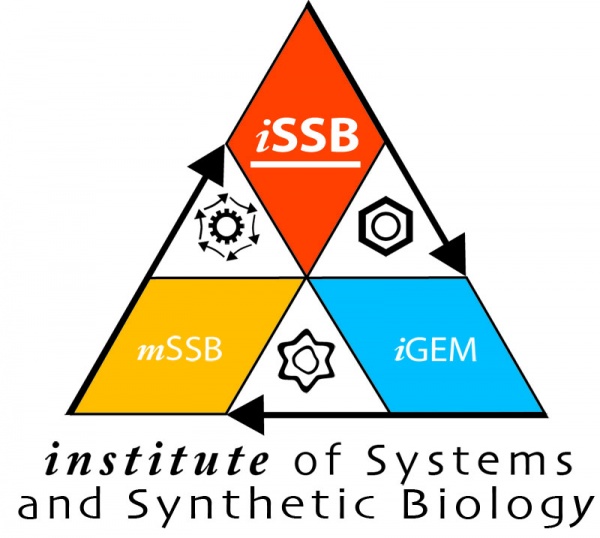Team:Evry/Pill design
From 2013.igem.org
Capsule design
Abstract
For an optimum efficiency of our iron chelating bacteria, our purpose is to favor its growth in the proximal area of the jejunum. To target this region, we designed a capsule able to deliver our living bacteria in the jejunum and improved its galenic formulation to optimize growth.
Our second step is to make our bacteria survive after the complete dissolution of our capsule.
For a treatment based on bacteria as an medically active entity, we thought of the posology of such a capsule. The patient has to take the capsule on an empty stomach. The reasons are to reduce the exposure to gastric acidity, but also to give the bacteria enough time to grow once delivered in the duodenum/jejunum. In fact, right after the split into the duodenum, the obstruction caused by our galenic formulation has the right viscosity (not to tight, not to loose) to allow the passage of the food. To conclude, the strategy here is to take the capsule before a meal and let the bacteria sufficient time to settle and prepare to chelate the iron.
Barriers to overcome and conditions to fulfill
The challenge here is double. First, we need to overcome the acidity of the stomach which is lethal for most living forms. Secondly, our capsule must dissolve right in the duodenum to deliver the containment at the distal duodenum and the proximal jejunum. Additionnally, we added a component that optimizes the growth for bacteria delivered by a capsule, which will further be explained in more detail.
Design of the capsule, step by step
Which galenic formulation suits the best our purpose?
The first step in the design of our pill is to determine its galenic formulation. We want a per os administration for our bacteria and had the choice between either a tablet or a capsule. A tablet not only requires a heavy and dry compression but also the bacteria in a lyophilised form. This last step consists of extreme variations of temperature and pression which are not favorable for living beings. However, the capsule is more suited for our purpose because it offers the possibility to contain a non-compressed powder and avoids a lyophilization step, thus representing a softer environment for bacteria transport. Additionnaly, lyophilized bacteria have a delayed recovery before starting any metabolic activity.
How to store the bacteria in the capsule?
The conception of a capsule requires every component to be in a powder form. Thus, we researched which powder was able to absorb the most LB medium saturated with bacteria. In galenic research, this is called a moisture absorbent and has the right chemical properties to keep our drug (here our bacteria) in a dry environment. We tested
How to overcome the acidity of the stomach?
It is very common in the pharmaceutical world, and more precisely in galenical research, to overcome the acidity of the stomach and to target the duodenum/jejunum for the delivery of the capsule. By a simple saoking of one side of the capsule in an ethanol-based solution of methacrylic acid and followed by a drying process (hot air), we managed to surround our capsule with a double-enveloppe resistant that confers resistance to gastric acidity. The capsule has to resist as long as possible to the gastric content, but not to much otherwise we miss its dissolution in the duodenum. To conclude, a double-coating is sufficient to fulfill this criteria.
How to deliver the bacteria in the jejunum?
the target delivery in the duodenum/jejunum is possible thanks to the gelatine-based composition of the capsule. By a simple dissolution in water, it delivers its containment.
Additionnally, beside the moisture absorbent, we need to have a sufficient volume of powder to be able to make our capsules (in our case, 50 at a time). This is called a diluent. In galenic formulations, we have the choice between a lot of different diluents, but one particularly has some interesting properties: HPMC (HydroxyPropylMethylCellulose). It is able to swell in the presence of water and, depending on its density, is more or less viscuous. This process creates an environment where bacteria can statically proliferate. So, when the capsule splits into the duodenum, the swelling of the HPMC occurs in the jejunum and creates a temporary obstruction. In this situations, our bacteria will be able to proliferate in the obstruction area, thus optimizing growth. We had to choose the right viscosity to have a sufficient stability in the jejunum and to have the right amount for an optimal penetrance of the water. Thus, HPMC, beside its properties as a diluent, is also a bio-adhesive for its ability to stick to the membranes of the intestin and form an obstruction.
Norms of the European Pharmacopeoa
As a proof of concept, we fulfilled the two basic requirements of the European Pharmacopeia to make a gastro-enteric resistant capsule which are as follows:
- No dissolution of the capsule after 2 hours of exposure to gastric acid (solution at pH = 2)
- Dissolution of the capsule within 1 hour of exposure to water (Phosphate Buffer solution, pH = 7) right afterwards
Figure 1 and 2 show the material required to test the resistance of our capsule to the acidity. At the left side of the machine, a lever repeatedly moves the basket with the capsules inside the solution (figure 1). In the basket,
 "
"


















